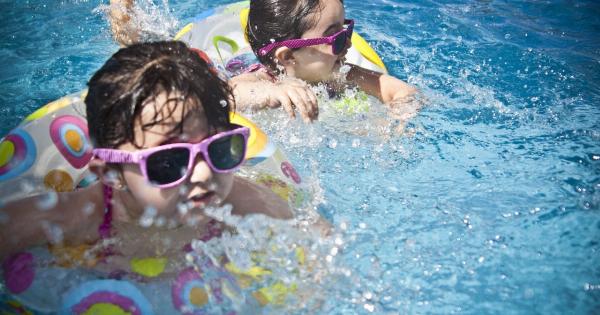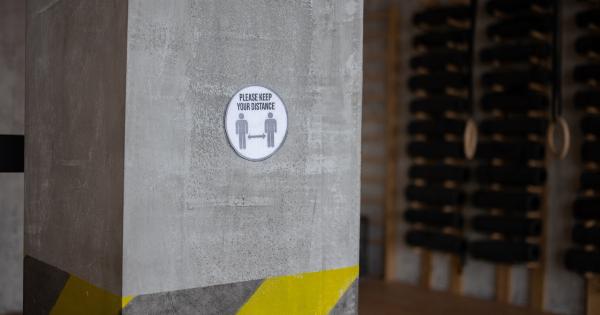Before giving your child permission to jump in the pool, it is crucial to assess the safety measures in place. Ensure that the pool has a fence or barrier around it, equipped with a self-latching gate to prevent unauthorized access.
Check for alarms or safety covers as additional protective measures.
2. Evaluate the Swimming Abilities
One of the most important factors to consider is your child’s swimming abilities.
Are they comfortable and confident in the water? Can they swim independently without floatation devices? Assessing their skills beforehand will help determine if jumping in the pool is safe for them.
3. Provide Adequate Supervision
Always ensure that there is proper adult supervision whenever your child jumps in the pool. Even if they are good swimmers, accidents can happen, and having a responsible adult present is crucial for their safety.
Assign a designated adult who will actively supervise the pool activities.
4. Establish Pool Rules
Before allowing your kids to jump in the pool, it is essential to set clear rules.
Make sure they understand the importance of not diving into shallow areas, pushing or roughhousing near the pool, and following any other specific rules you deem necessary for their safety.
5. Enforce Swimming Lessons
If your child doesn’t know how to swim yet, it is highly recommended to enroll them in swimming lessons before allowing them to jump in the pool.
Proper swimming skills and water safety knowledge will significantly reduce the risk of accidents and drowning.
6. Consider the Water Depth
Take a moment to assess the depth of the pool, especially if your child wants to jump in. Ensure they understand the difference between shallow and deep parts and the potential risks involved in jumping into shallow water.
Educate them about the importance of checking the depth before taking the leap.
7. Remove Hazards and Distractions
Before giving your child the go-ahead to jump in the pool, make sure the area around the pool is free from any potential hazards or distractions.
Remove any toys, tripping hazards, or electrical devices that may interfere with their safety while swimming or jumping in the pool.
8. Use Appropriate Pool Toys
If your child wants to jump in the pool with toys, ensure they are using appropriate pool toys that are designed for water activities. Avoid toys that can easily deflate or break, as this may pose a safety risk.
Teach them to use pool toys responsibly and not as a means to jump in unsafely.
9. Limit Access to the Pool
When considering whether your child can jump in the pool, evaluate their access to the pool area. Ensure that they cannot reach the pool without adult supervision.
This may involve locking doors leading to the pool or installing additional barriers to prevent unauthorized access.
10. Have Emergency Measures in Place
Lastly, but most importantly, ensure that you have appropriate emergency measures in place. Familiarize yourself with CPR techniques and have a phone nearby in case of emergencies.
Being prepared for any unexpected incidents is crucial to ensuring the safety of everyone in and around the pool.




























